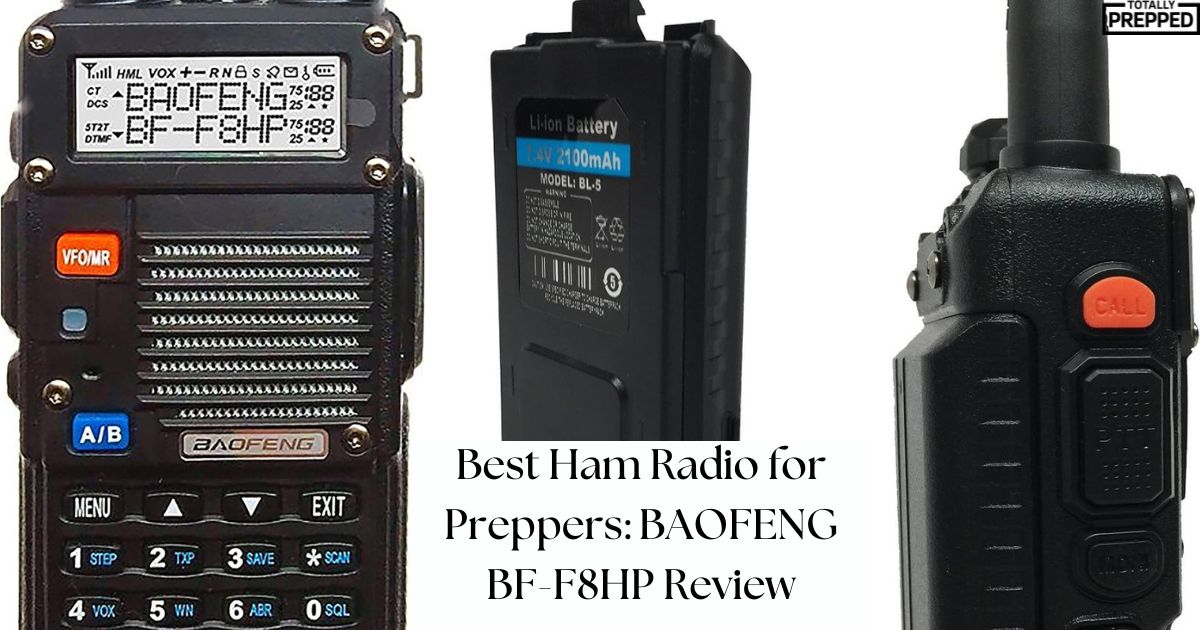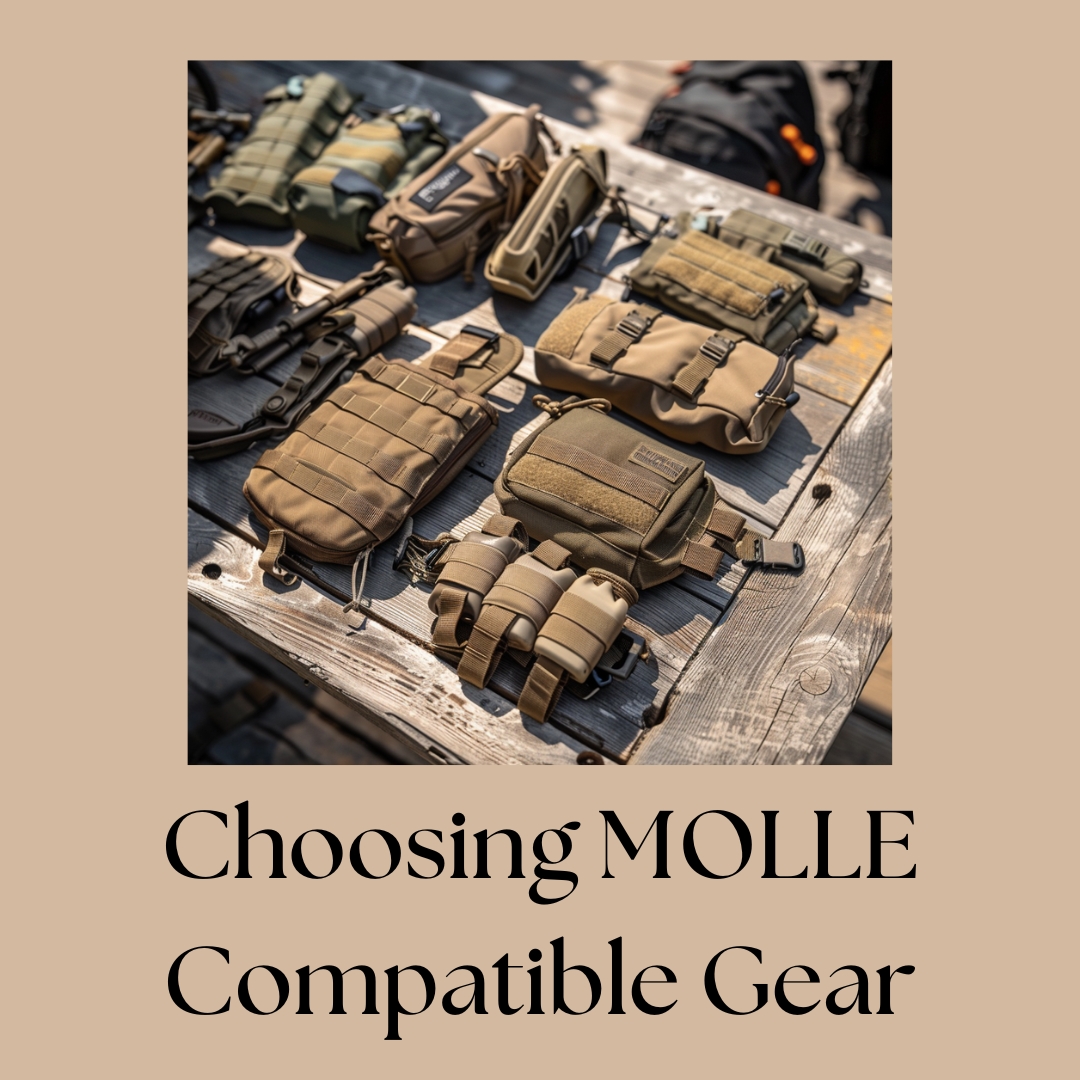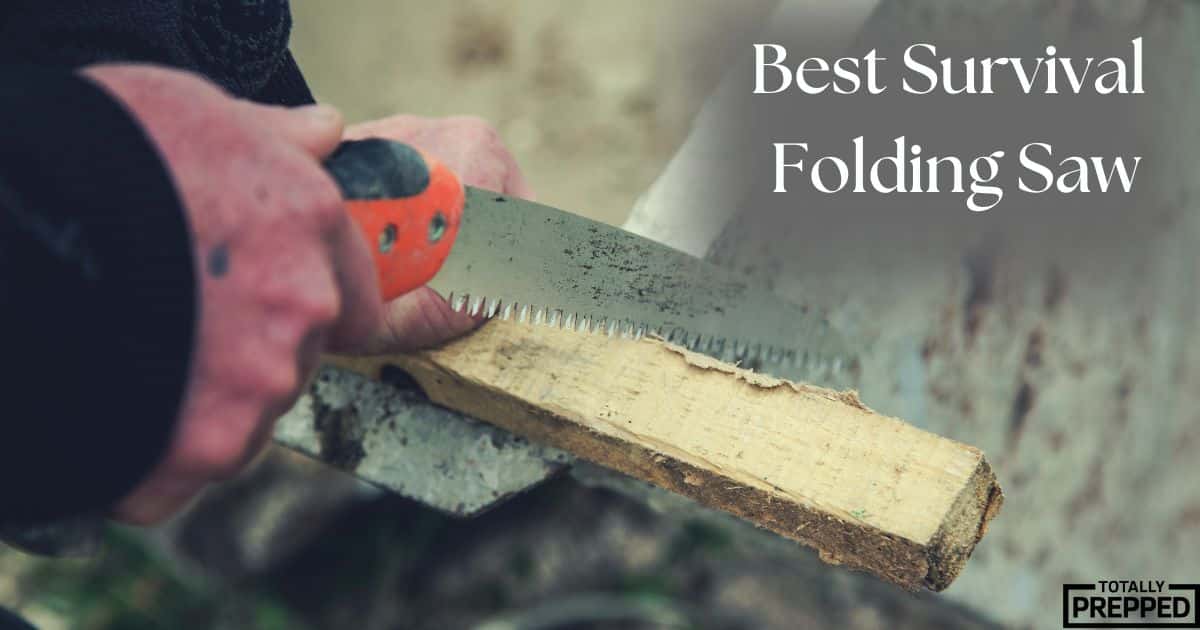A bug out bag, also known as a go-bag or survival kit, is a pre-packed bag that contains essential items to help an individual or family survive for at least 72 hours during an emergency or disaster situation. These bags are designed to be grab-and-go, meaning they can be quickly and easily accessed in the event of an emergency.
The contents of a bug out bag can vary depending on the individual’s needs and the situation they are preparing for. However, there are some basic items that should be included in every bug out bag, such as water, food, shelter, first aid supplies, and tools. It is important to choose items that are lightweight, durable, and easy to carry.
Bug out bags have become increasingly popular in recent years as people have become more aware of the need to be prepared for emergencies and disasters. Whether you live in an area prone to natural disasters or simply want to be prepared for unexpected events, having a bug out bag can give you peace of mind and help ensure your survival in a crisis.
Essentials of a Bug Out Bag
When preparing a bug out bag, it is crucial to include essential items that can sustain an individual during an emergency situation. The bug out bag should be well-equipped to provide for basic needs such as water, food, shelter, and warmth. Here are the key essentials to consider when assembling a bug out bag:
Water and Hydration
Water is a fundamental necessity for survival. It is imperative to include a sufficient supply of water and water purification methods in the bug out bag. Portable water filters, water purification tablets, or a compact water purification system can be vital for ensuring a safe and clean water supply during emergencies.
Food and Nutrition
A bug out bag should contain non-perishable food items that are high in energy and nutrition. Items such as energy bars, dehydrated meals, canned goods, and high-calorie snacks can provide sustenance during challenging situations. It is essential to consider individual dietary restrictions and pack food items accordingly.
Shelter and Warmth
In adverse weather conditions, having adequate shelter and warmth is crucial. Items such as a lightweight tent, emergency blankets, a compact sleeping bag, and extra clothing can provide protection from the elements. Additionally, including fire-starting tools, such as waterproof matches or a fire starter, can help in creating warmth and signaling for help if needed.
By carefully considering and including these essentials in a bug out bag, individuals can better prepare for unforeseen circumstances and enhance their chances of survival during emergencies.
Personal Safety and Tools
When it comes to personal safety and tools, there are a few key items that should be included in any bug out bag. These items can help you stay safe and secure in a variety of situations, from minor injuries to more serious emergencies.
First Aid Kit
One of the most important items to include in your bug out bag is a first aid kit. This should include basic medical supplies such as bandages, gauze, antiseptic wipes, and pain relievers. It’s also a good idea to include any prescription medications you or your family members may need.
Multipurpose Tools
Multipurpose tools are another essential item for any bug out bag. These tools can be used for a variety of tasks, from cutting rope to opening cans. Some popular options include multi-tools, folding knives, and hatchets.
Self-Defense Items
In addition to medical supplies and tools, it’s also important to consider self-defense items. This can include items such as pepper spray, stun guns, or even firearms. It’s important to remember that any self-defense item should be used responsibly and only when necessary.
Overall, including these personal safety and tools items in your bug out bag can help you stay prepared and safe in a variety of emergency situations.
Navigation and Communication
Bug out bags should always include tools and devices to help with navigation and communication in emergency situations. Here are some essential items to consider for this category:
Maps and Compass
One of the most important tools for navigation is a map and compass. A detailed map of the area can help you plan the best route to your destination, while a compass will help you stay on track. It is important to choose a map that is up-to-date and accurate, and a compass that is reliable and easy to use.
Emergency Radio
In a disaster situation, communication is key. An emergency radio can be a lifesaver, providing you with important news and updates, as well as allowing you to communicate with others. A hand-cranked or solar-powered radio is a good choice, as it does not rely on batteries or electricity. It is also important to choose a radio that can receive both AM and FM frequencies, as well as NOAA weather alerts.
Signaling Devices
Signaling devices can help you attract attention and communicate with others in emergency situations. A whistle is a simple and effective signaling device that can be heard from a distance. A signal mirror can be used to reflect sunlight and alert rescuers to your location. Flares and smoke signals are also effective, but should only be used in extreme situations.
Having these navigation and communication tools in your bug out bag can help ensure that you are prepared for any emergency situation. It is important to regularly check and maintain these items to ensure they are in good working order. With the right tools and preparation, you can increase your chances of survival in a disaster situation.
Clothing and Personal Items
When it comes to preparing a bug out bag, clothing and personal items are often overlooked. However, these items are crucial to surviving in the wilderness or during a natural disaster.
All-Weather Clothing
It’s important to pack all-weather clothing to protect yourself from the elements. This includes a waterproof jacket, pants, and boots, as well as warm layers for colder weather. A hat, gloves, and scarf can also be useful for keeping warm.
Personal Hygiene
Personal hygiene is often overlooked in survival situations, but it’s important for both physical and mental health. Pack items such as toothbrush and toothpaste, soap, wet wipes, and hand sanitizer to maintain cleanliness. Additionally, feminine hygiene products and diapers should be included if necessary.
Important Documents
Important documents should be kept in a waterproof and fireproof container within the bug out bag. This includes identification, insurance documents, and any relevant medical information. It’s also a good idea to include a USB drive with digital copies of important documents.
Overall, clothing and personal items are crucial to a well-prepared bug out bag. By including all-weather clothing, personal hygiene items, and important documents, individuals can increase their chances of survival in emergency situations.
Carrying Your Bag
Backpack Selection
Choosing the right backpack is crucial for comfort and efficiency when carrying your bug out bag. Look for a backpack that fits your body well and has adjustable straps to ensure a comfortable fit. A backpack with a waist belt can help distribute the weight of the bag more evenly, reducing strain on the shoulders and back.
Consider the size of your bug out bag and choose a backpack that can accommodate it comfortably. A backpack with multiple compartments and pockets can help keep your gear organized and easily accessible. Look for a durable backpack made with high-quality materials that can withstand harsh conditions.
Packing Strategies
Proper packing is essential for a well-organized and balanced bug out bag. Start by prioritizing the most important items and placing them in easily accessible compartments. Heavy items should be placed close to the back to distribute the weight evenly.
Consider using packing cubes or compression bags to maximize space and keep your gear organized. Keep frequently used items, such as a water bottle or first aid kit, easily accessible in outer pockets.
Regularly assess the contents of your bug out bag and remove any unnecessary items to reduce weight and improve mobility. Remember to pack for the specific situation and environment you may encounter, such as cold weather gear or a water filtration system.
By selecting the right backpack and utilizing proper packing strategies, carrying your bug out bag can be comfortable and efficient.
Survival Skills and Knowledge
Basic Survival Techniques
When it comes to surviving in the wilderness, there are some basic techniques that everyone should know. These include starting a fire, building a shelter, finding and purifying water, and finding food. It is important to practice these skills before an emergency situation arises.
Starting a fire can be done using a variety of methods, including a lighter, matches, or a fire starter kit. Building a shelter can be as simple as using a tarp or as complex as building a lean-to shelter. Finding and purifying water can be done using a water filter or by boiling water over a fire. Finding food can be done by fishing, hunting, or foraging for edible plants.
Local Area Awareness
In addition to basic survival techniques, it is important to have local area awareness. This means knowing the terrain, weather patterns, and potential dangers in the area. For example, if the area is prone to flooding, it is important to know the high ground and have a plan for evacuation.
Having a map and compass can also be useful for navigation. It is important to know how to read a map and use a compass to navigate in case GPS or other technology fails.
Overall, having the necessary survival skills and local area awareness can greatly increase one’s chances of surviving in an emergency situation.
Customizing Your Bag
When it comes to building a bug out bag, customization is key. Everyone’s needs are different, and the contents of your bag should reflect that. Here are a few things to consider when customizing your bag.
Region-Specific Items
One important factor to consider when building your bug out bag is the region you live in. Different regions have different weather patterns, terrain, and potential natural disasters. For example, if you live in an area prone to hurricanes, you’ll want to make sure you have items like a waterproof tarp and extra water storage. If you live in an area with harsh winters, you’ll want to make sure you have warm clothing and a reliable heat source. Research the potential hazards in your area and make sure your bug out bag is tailored to those specific needs.
Personal Needs and Preferences
In addition to region-specific items, you’ll also want to consider your personal needs and preferences. If you have any medical conditions, make sure you have the necessary medications and supplies in your bag. If you wear glasses or contacts, make sure you have a spare pair. If you have a particular dietary restriction, make sure you have enough food that meets your needs. It’s also important to consider your physical abilities and limitations. If you have trouble carrying heavy loads, make sure your bag is lightweight and easy to carry.
Overall, customizing your bug out bag is crucial to ensuring you have everything you need in case of an emergency. Take the time to research your region and consider your personal needs and preferences to build a bag that is tailored to your specific needs.
Maintenance and Updating
Bug out bags are essential for emergency situations, but they are only effective if they are well-maintained and up-to-date. Neglecting to maintain and update your bug out bag can lead to expired items, damaged gear, and missed opportunities to improve your kit.
Regular Review and Rotation
It is important to periodically check and replace items that have expired, become damaged, or are no longer suitable for your needs. Set a schedule to inspect your bug out bag every few months and replace any expired food, water, or medications. Additionally, consider rotating out seasonal items such as clothing and gear to ensure that your bug out bag is always ready for any situation.
To make the review process easier, consider creating a checklist of items to inspect and replace. This can include items such as batteries, first aid supplies, and emergency blankets. By keeping a checklist, you can ensure that you don’t miss any important items during your review.
Skill Training and Practice
Maintaining and updating your bug out bag is only one part of emergency preparedness. It is also important to regularly practice the skills needed to survive in an emergency situation. This can include skills such as fire starting, shelter building, and navigation.
By regularly practicing these skills, you can ensure that you are prepared to use your bug out bag effectively in an emergency situation. Additionally, practicing these skills can help you identify any gaps in your bug out bag that need to be filled.
In summary, maintaining and updating your bug out bag is crucial for emergency preparedness. Regular reviews and rotations, as well as skill training and practice, can help ensure that your bug out bag is always ready for any situation.




